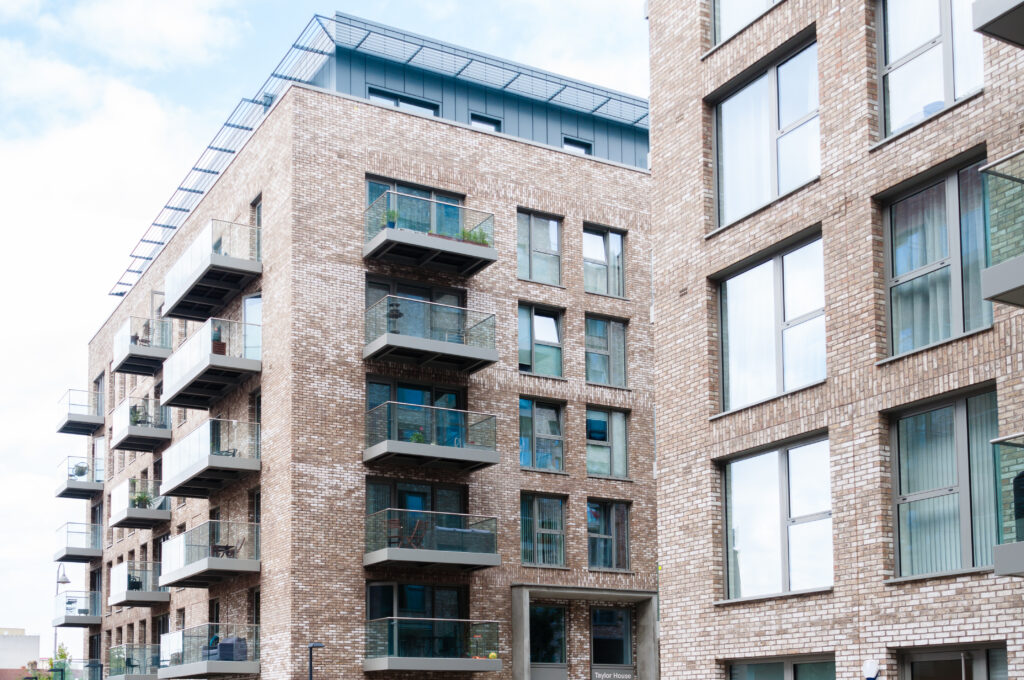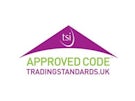Renting your first flat is a significant milestone. It can be both thrilling and daunting, especially if you’re not quite sure where to start. Fear not! This article is packed full of tips and advice to help you navigate the rental process with confidence.

Understanding Different Types of Flats
The first thing to consider when looking for a flat to rent is the type of property that suits your needs. In the UK, there are typically two kinds of flats: purpose-built blocks and converted houses.
Purpose-built blocks of flats are usually larger developments, often modern in design, and can offer a variety of amenities such as a communal gardens or even a gym. On the other hand, converted houses, often seen in Victorian or Edwardian buildings, are full of character and unique features, and may be located in more residential, suburban areas.
Location and Floor Level: Ground or Higher?
The decision of whether to live on the ground floor or in a higher flat can depend on several factors. Ground floor flats offer easier access, especially for those with mobility issues, and can often come with a private garden. However, they can sometimes suffer from more noise and less privacy.
Higher flats, conversely, often boast better views and are less accessible to potential intruders, but they might not be the best choice for those who struggle with stairs, unless there is lift access. It’s also worth noting that top floor flats can be warmer due to rising heat, a bonus in winter, but possibly uncomfortable during a hot summer.
Communal Areas: Etiquette and Maintenance Fees
Once you’ve decided on the type and location of your flat, it’s time to consider communal spaces. These are shared areas such as hallways, stairs and gardens. When viewing flats, check these areas for cleanliness and upkeep as it can indicate how well the building is managed.
Living with communal areas often comes with the responsibility of adhering to certain etiquette. For example, it’s expected to keep noise levels down, not leave rubbish or personal items in shared spaces, and in some cases, contribute to a cleaning rota.
These communal areas are often maintained through a service charge, sometimes referred to as maintenance fees. These fees typically cover the cost of cleaning and maintaining communal areas, buildings insurance, and any onsite staff. They can also include a sinking fund for any major works needed in the future.
What to Look Out for When Renting
When viewing flats, it’s important to consider more than just the aesthetics. Check for signs of damp, such as a musty smell or mould. Ask about the energy efficiency of the flat, including the type of heating and insulation, as this can significantly affect your utility bills.
Remember to ask about the terms of the lease, such as the length of the tenancy, notice periods, deposit amount and any restrictions, such as pets. Don’t forget to find out what’s included in the rent. Are utility bills, council tax, or internet included? If not, you’ll need to budget for these separately.
Final Thoughts
Renting your first flat is a significant step and being well-informed can make all the difference. Take your time to decide what type of flat suits you, carefully consider the location, and thoroughly check the property and lease terms when viewing. Don’t be afraid to ask questions, and always read the contract before signing the agreement.
Good luck with your flat hunting, and here’s to a smooth and successful first-time rental experience!






